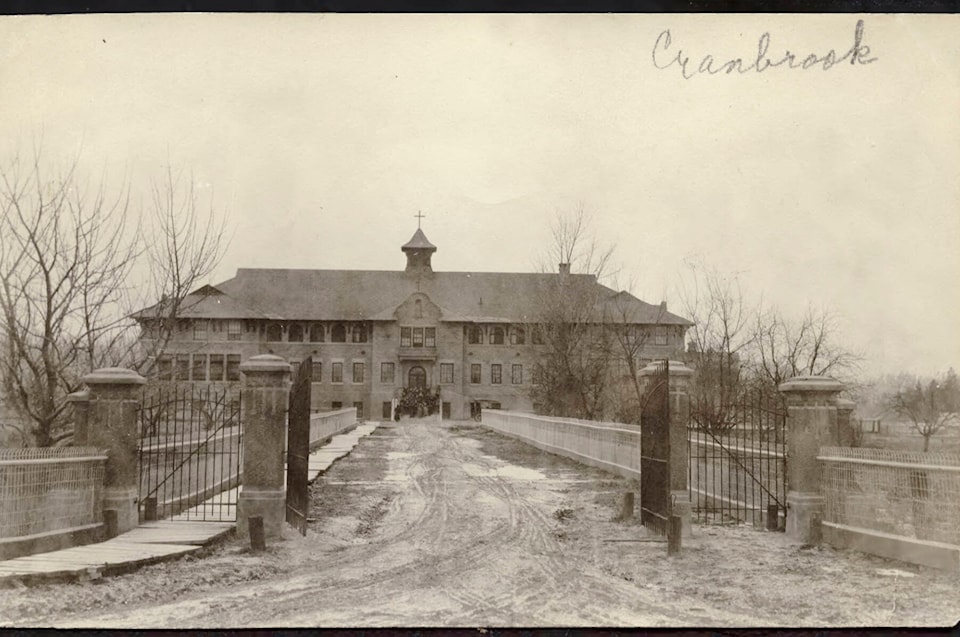*Trigger warning: residential school trauma, child death, disease, starvation, generational trauma*
In recognition of tomorrow, Sept. 30, being National Day for Truth and Reconciliation, for this week’s Trail Blazers feature, archivist Addison Oberg chose a photo of an East Kootenay residential school to talk about.
“The national day of reflection is in honor of the survivors and victims of the residential school system that displaced children, isolated them from their families and culture, inflicted lasting trauma and ultimately led many to tragic deaths,” Oberg writes. “The Truth and Reconciliation Commission of Canada in 2015 published 94 Calls to Action that institutions, municipalities, organizations, schools and individuals can do to reconcile their relationships with Indigenous peoples.”
The closest residential school to Trail was a school in Cranbrook, the Kootenay Indian Residential School, comprised of the St. Mary and St. Eugene mission schools.
This site operated from 1890 to 1970 and many Kootenay-located Indigenous children were required to attend.
Like many residential schools, it was prone to outbreaks of influenza, mumps, tuberculosis, measles and chicken pox.
“An Indian Agent reported in 1935 that as a result of the poor food, overwork and ongoing sickness, he had to force parents to send their children to the school,” Oberg adds.
“Please wear an orange shirt tomorrow in honor of the victims and survivors of residential schools.”
